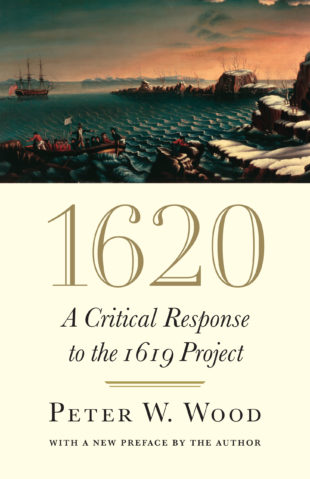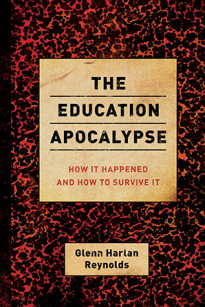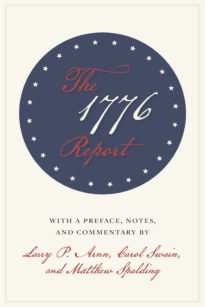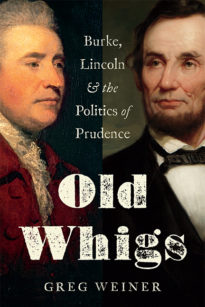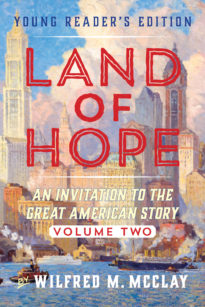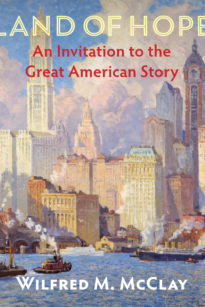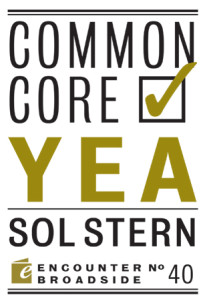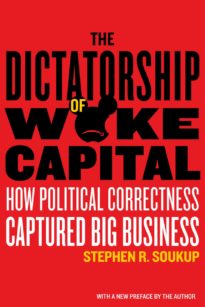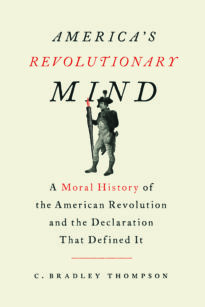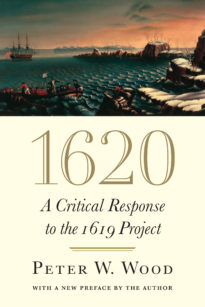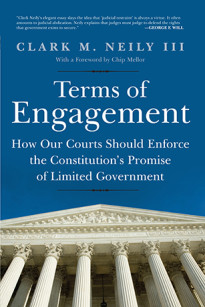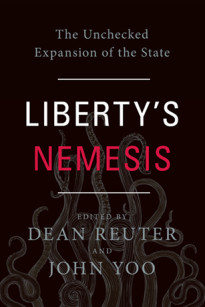On Sunday, August 18, 2019, the New York Times published a special issue of The New York Times Magazine announcing “The 1619 Project.” Along with the 100-page magazine, the New York Times released a sixteen-page newsprint section under the same title and headlined “We’ve Got to Tell the Unvarnished Truth,” quoting the late historian John Hope Franklin.
On the opening page of the magazine, Jake Silverstein, the Times’ editor in chief, stated the project’s aim:
The goal of The 1619 Project, a major initiative from The New York Times that this issue of the magazine inaugurates, is to reframe American history by considering what it would mean to regard 1619 as our nation’s birth year. Doing so requires us to place the consequences of slavery and the contributions of black Americans at the very center of the story we tell ourselves about who we are as a country.
Reframing the country’s history is an extraordinarily ambitious goal, and not something one would ordinarily expect to come from a newspaper. The Times, however, is not the least bit circumspect in announcing it. The 1619 Project is, in other words, an all-out effort to replace traditional conceptions of American history with a history refracted through the lens of black identity politics.
This approach goes far beyond the case for teaching African American Studies in colleges or making sure that black history is integrated in school curricula. Instead of asserting the need to add to traditional American history a fuller account of the black experience, the 1619 Project calls for replacing that traditional account with one that makes the black experience primary—and not just for black Americans, but for all Americans.
This short book responds to the 1619 Project, but it is not a point-by-point examination of everything the contributors to the 1619 Project first wrote, or to what they and others have said since. I aim instead to take the reader on a hike through the main themes of the 1619 Project, pointing out the dizzying vistas, treacherous paths, poisonous snakes, sudden drop-offs, and hungry grizzly bears. The central tenets of the 1619 Project are that Americans have grossly misunderstood the origins and nature of American society, and that slavery is the pivotal institution in American history.
The contributors to the 1619 Project are, of course, more specific. Their claims include the idea that America began with the arrival of slaves in Virginia in August 1619; that the primary purpose of the colonists who declared independence from Britain in 1776 was to preserve American slavery from the danger of Britain’s outlawing it; that the Southern plantation system of growing cotton with slave labor is the foundation of modern American capitalism; and that Lincoln was a racist who had no interest in conferring real citizenship on those who were enslaved.
The project’s contributors undoubtedly knew these to be provocative claims. In their statements and behavior in the months that followed the release of the special issue of the magazine, some of them relished both the adulation they received from supporters and the dismay of critics, who proved ineffectual in stemming public attention to the Times’ splash.
It quickly became clear that the 1619 Project was a lot more than the initial publication of the magazine and the newspaper supplement. It was and still is a “project” in the fullest sense of the term. The Pulitzer Center partnered with the Times to plant a 1619 Project curriculum in the nation’s schools. Nikole Hannah-Jones, the architect of the 1619 Project and author of its lead essay, went on a nationwide speaking tour and was met by friendly audiences. The Times not only heavily advertised the project, it seeded themes from the project in hundreds of news stories and columns. It added a podcast devoted to the project, and it used its weekly online newsletter, “Race/Related,” to stoke the fire. Given the Times’ status as the nation’s “newspaper of record” and the lodestar for other news organizations, 1619 Project themes and conceits began to appear everywhere in the nation’s press, with or without explicit mention of the project itself.
The larger aim of the 1619 Project is to change America’s understanding of itself. Whether it will ultimately succeed in doing so remains to be seen, but it certainly has already succeeded in shaping how Americans now argue about key aspects of our history. The 1619 Project aligns with the views of those on the progressive left who hate America and would like to transform it radically into a different kind of nation. Such a transformation would be a terrible mistake: it would endanger our hard-won liberty, our self-government, and our virtues as a people. Little is to be gained, however, by progressives and conservatives lobbing boulder-sized principles back and forth across the line that divides them.
Instead, this book explores the 1619 Project as a cultural phenomenon: a testimony to the beliefs and ambitions of one faction. That I do not share these beliefs and ambitions gives me the freedom to consider them from angles that the project’s adherents might not entertain. That freedom also allows me to examine criticisms of the 1619 Project coming from many whose premises I don’t share: hard-core Marxists, liberal statists, hard-core free-market advocates, and Southern apologists, among others. My own views, which I have presented in other books and articles, are of a mildly conservative and traditionalist sort. I regard the primary values of our nation as stated clearly in the second paragraph of the Declaration of Independence, namely, “that all men are created equal, that they are endowed by their Creator with certain unalienable Rights, that among these are Life, Liberty and the pursuit of Happiness.—That to secure these rights, Governments are instituted among Men, deriving their just powers from the consent of the governed.”
